Shari Hersh trained as a painter in the 1970s and ’80s. At that time, classical fine arts emphasized personal practice: picture a solitary artist holed up with an easel in a studio. Through her work with Mural Arts Philadelphia and a years-long participation in workshops, readings and discussions that Hersh undertook with her best friend, Beth Enson, Hersh evolved her art to focus on socially-engaged and cross-disciplinary, collaborative projects. This became the foundation for Home Studio Lab, Hersh and Enson’s joint art project.
“Collaborations and projects can disrupt patterns of hetero-patriarchy capitalism,” Hersh says. “So much of Home Studio Lab is grounded in alternative economies and regenerative practices — a kind of active noncapitalist, non-individualistic relationship with the arts and the globe.”
Over the years, Home Studio Lab’s work has taken many shapes, often centered around relational connections through participatory needlework projects, such as “Home Sweet Home,” a series of workshops in which participants research and share their family homes and histories, investigating how redlining and other government interventions shaped those histories. Participants sew a picture of their family home based on photos and stitch in captions verbalizing three things they learned. Each sewn piece is added to a book that Hersh stewards until the next workshop.
“[Through these workshops] we’re exploring how humble domestic art practices can have relational, political and environmental value,” Hersh says. “Changing the self to change and repair the world: this is at the core.”
Hersh calls William Goldsby, author, activist and founder of grassroots organization Reconstruction Inc., a mentor and an influence in the paradigm shift in art-making that she continues to explore.
“He was a huge factor in my working hard toward shifting how I structured every project moving from codependency to reciprocity, from alienation to building community. This changed my whole public practice, as well as my personal practice,” she says.
Another way that Hersh does this work is through natural dyeing and clothing mending workshops that she teaches and uses as a vehicle to talk about toxic dyes and oppressive labor practices in the garment industry. On a personal level, she has done countless mends for herself and as trades for friends, and her mending also intersects with her more public work.
One pair of jeans that she has been mending on and off for a decade is part of the “The Ecology of Fashion” exhibit at The Academy of Natural Sciences of Drexel University. While they may look on the surface like nothing more than elaborately patched pants, there’s a much deeper story behind them.
“They’re my husband’s pants, and he has a degenerative illness. Mending them was an act of healing both for him and for myself,” Hersh says. “And it’s about making them last longer and not sending things to the landfill. It’s the political through the personal.”
Hersh is also fascinated with the relational power of mending and sewing. These practices connect her with some of the values of her Pennsylvania Dutch heritage (“There’s a regard for old things and not disposing of them,” she notes) and also open up connections to other humans.
“I was recently stitching some jeans on the plane and noticed that when you have sewing in your hands, people who would never normally talk to you come talk to you,” she says. “That’s what socially-engaged art is: it places relations above the object.”
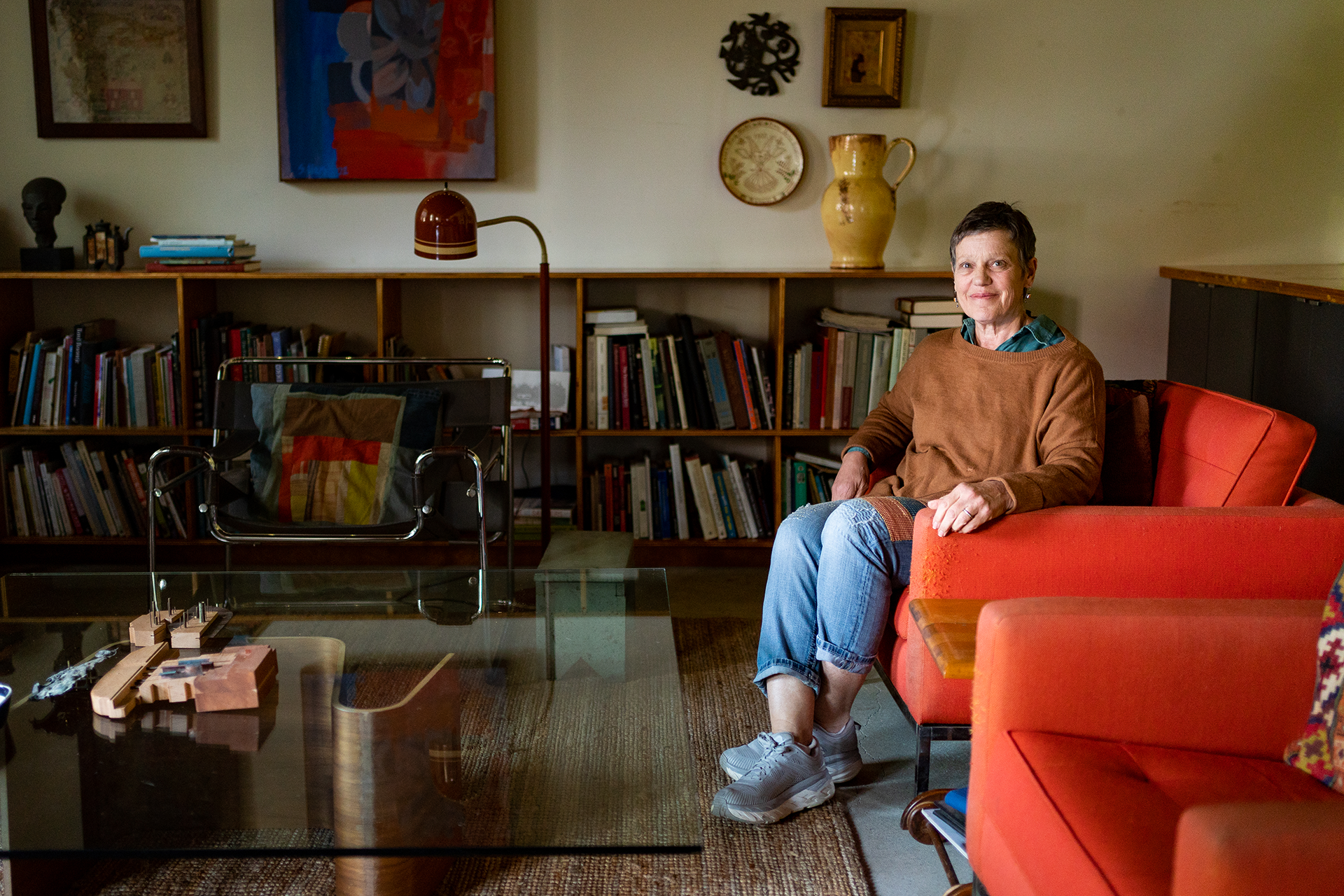

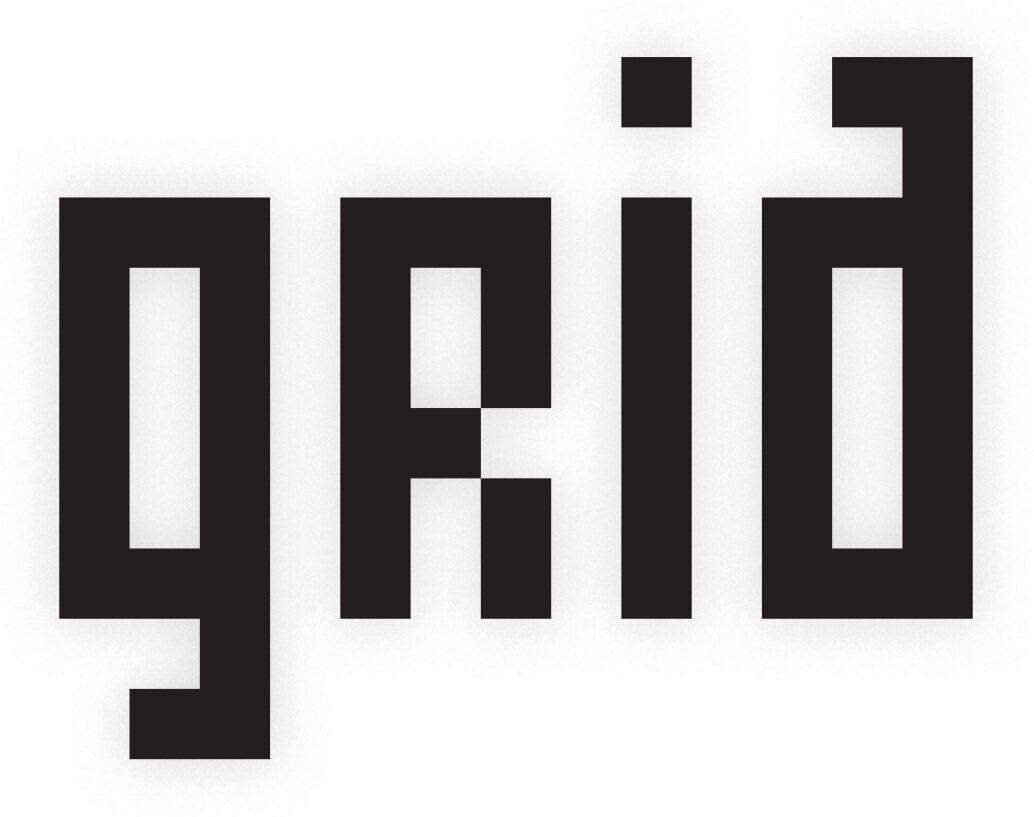
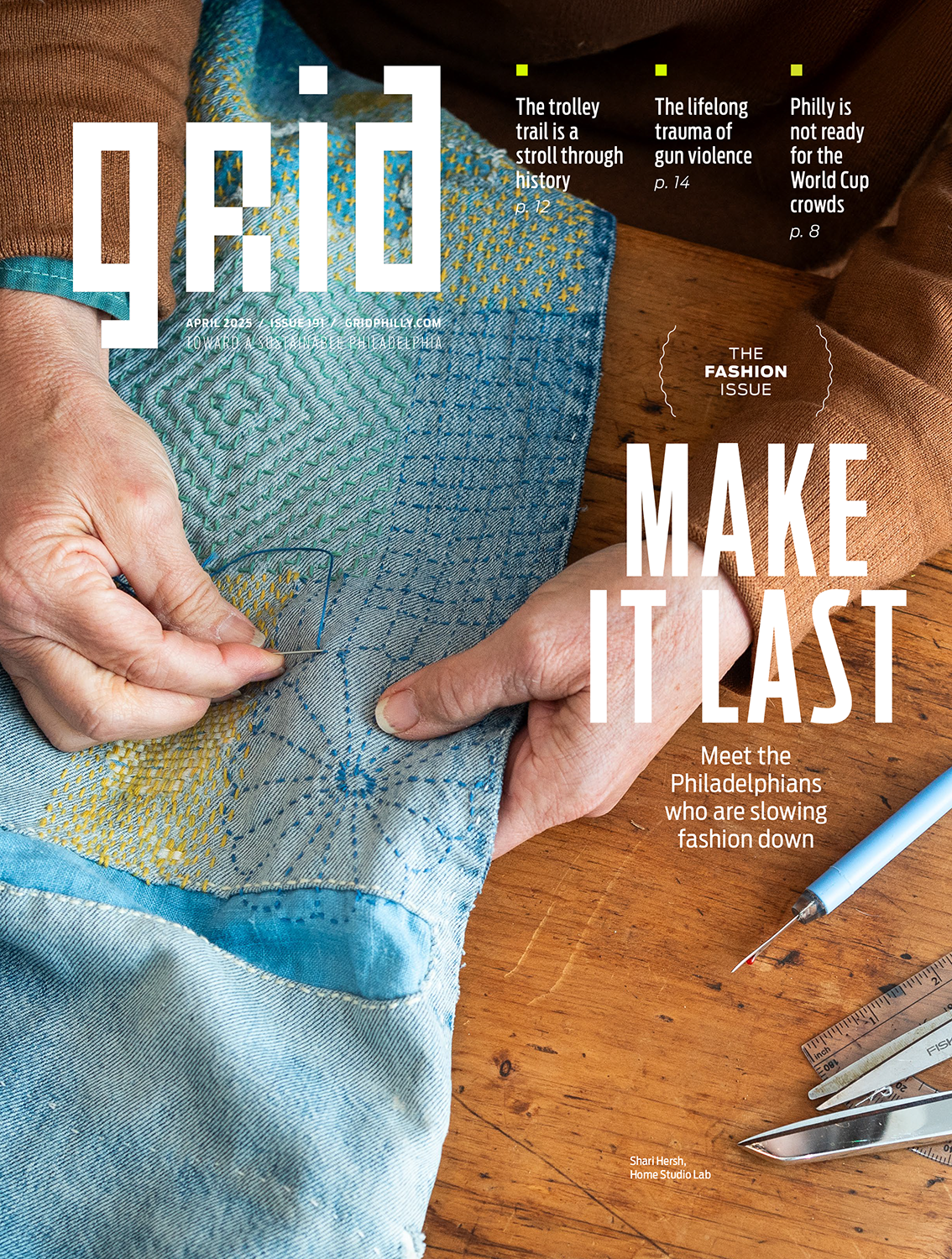
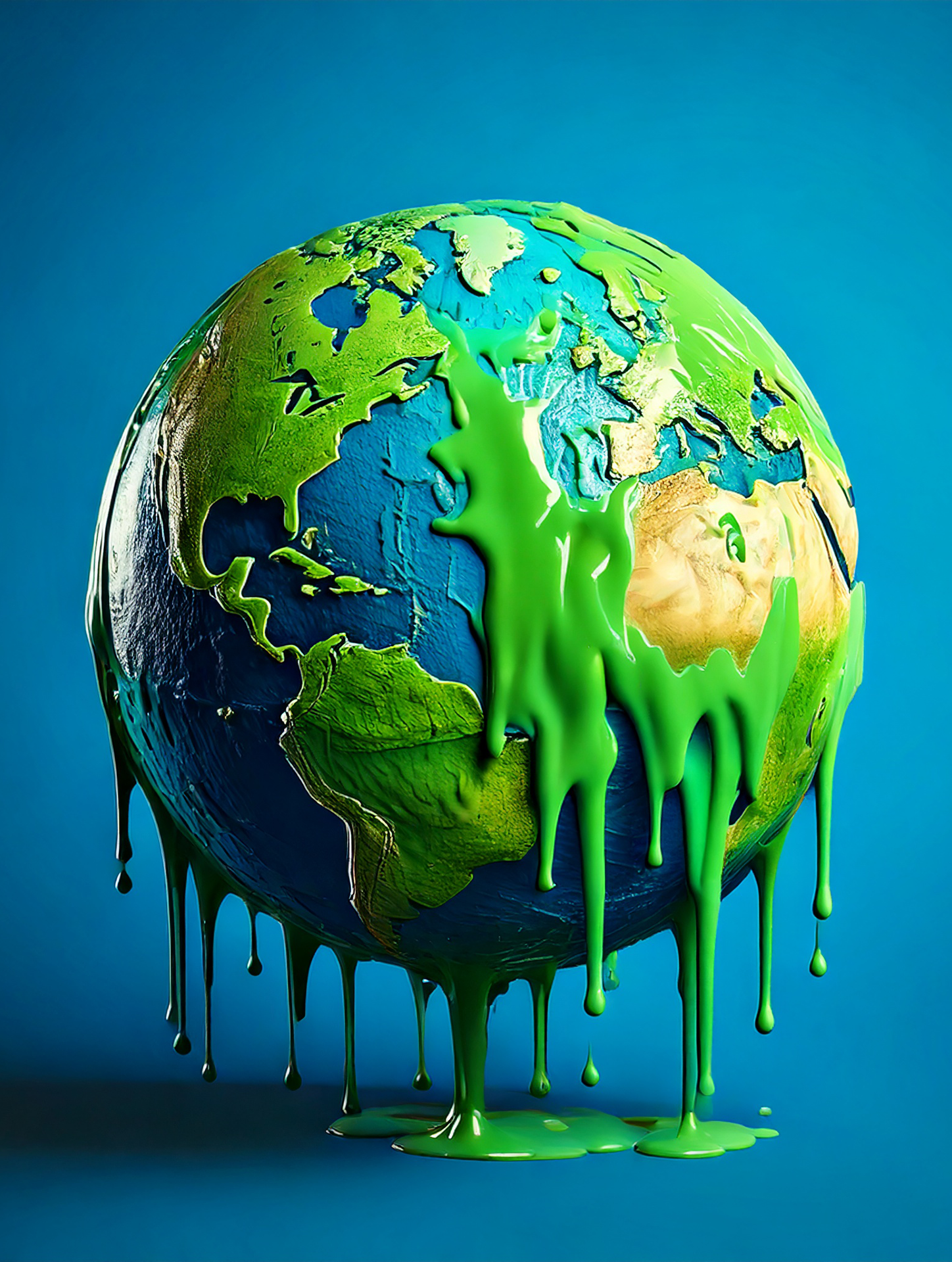
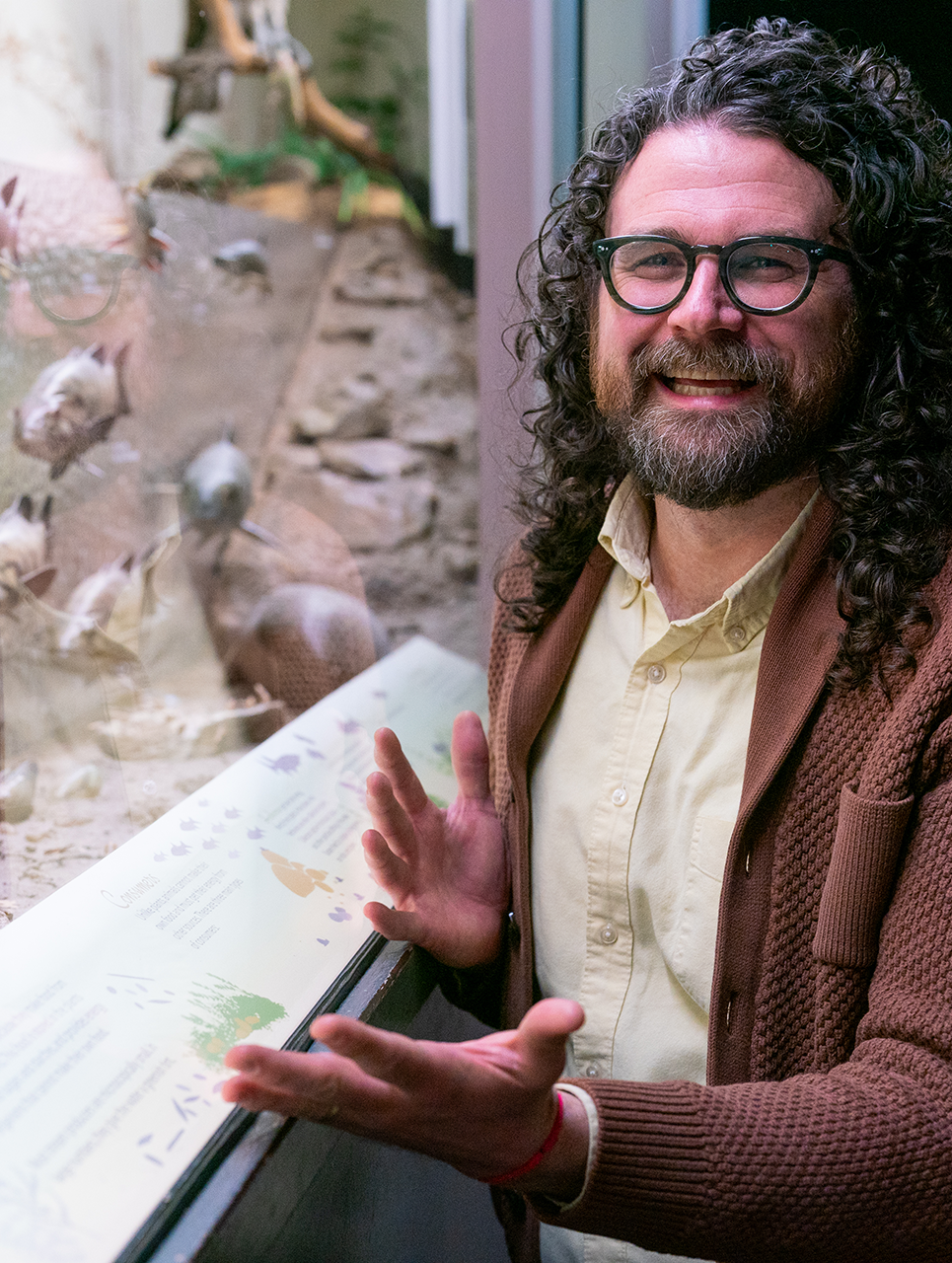
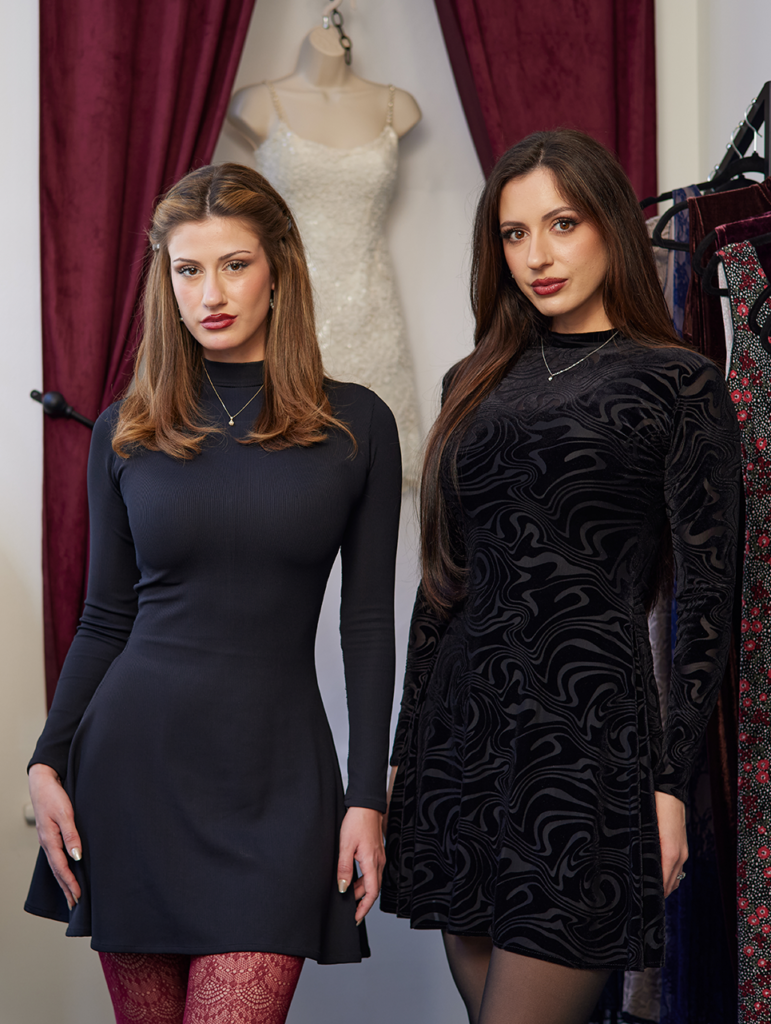
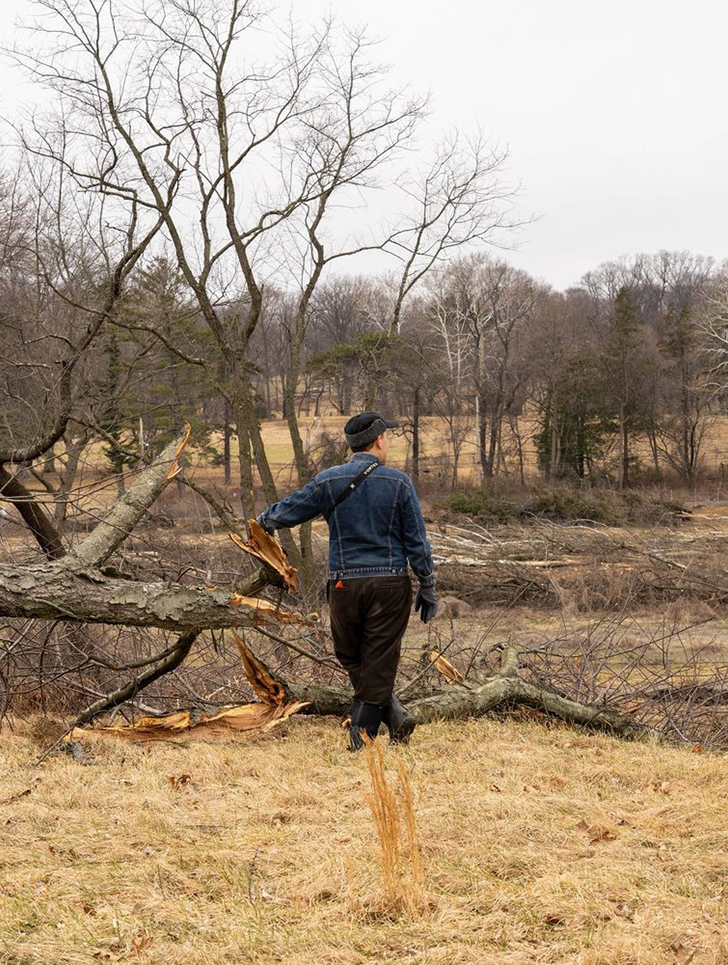
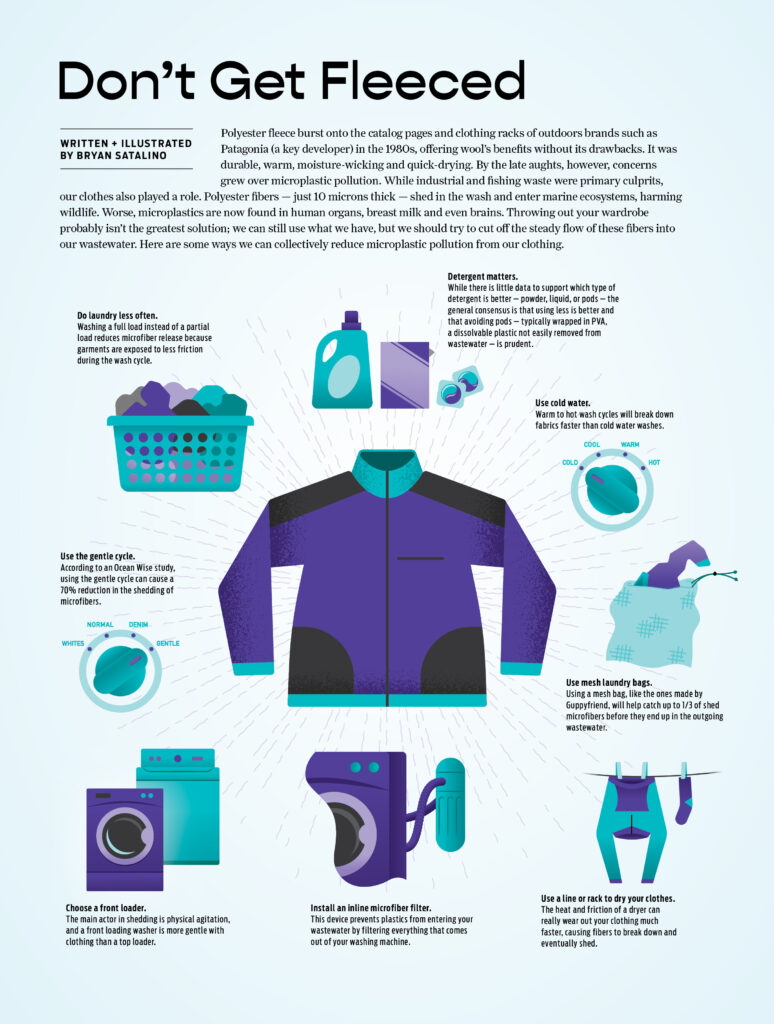
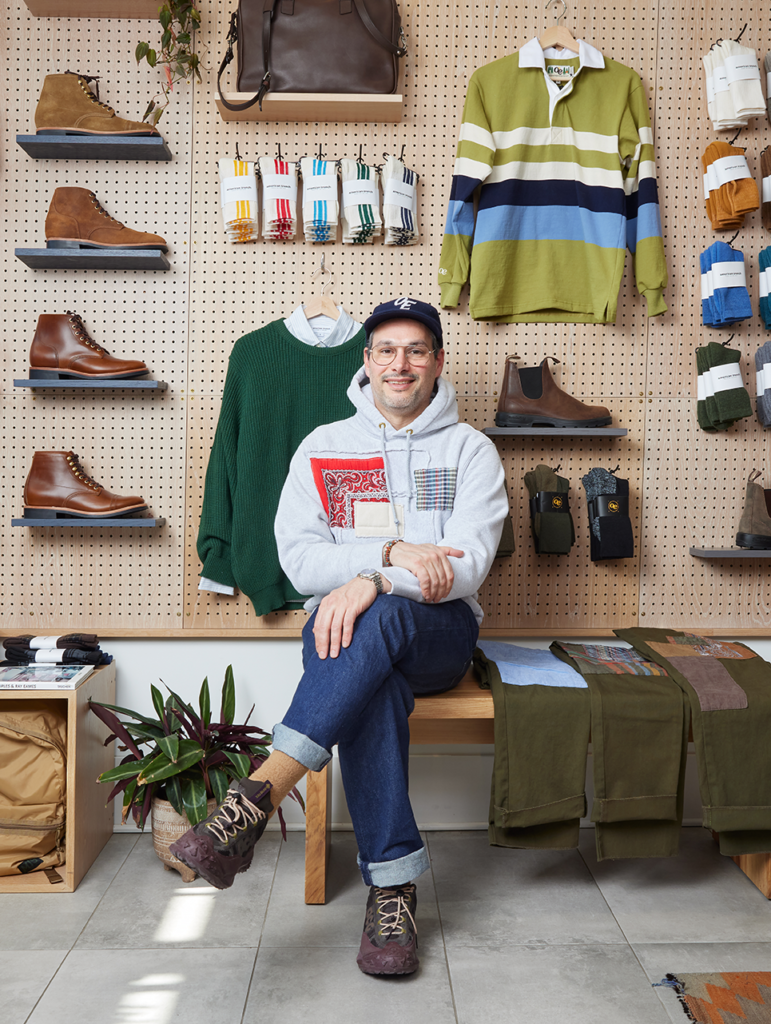
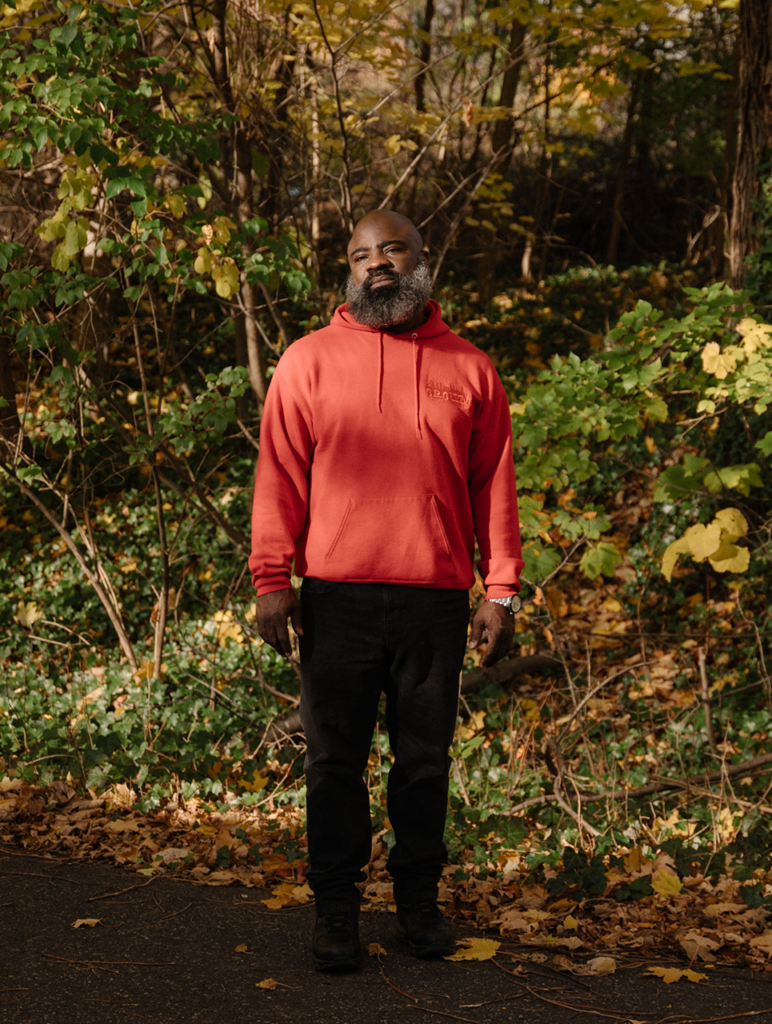
Yay Shari! Art with purpose. Healing the world one stitch at a time. And adding beauty.